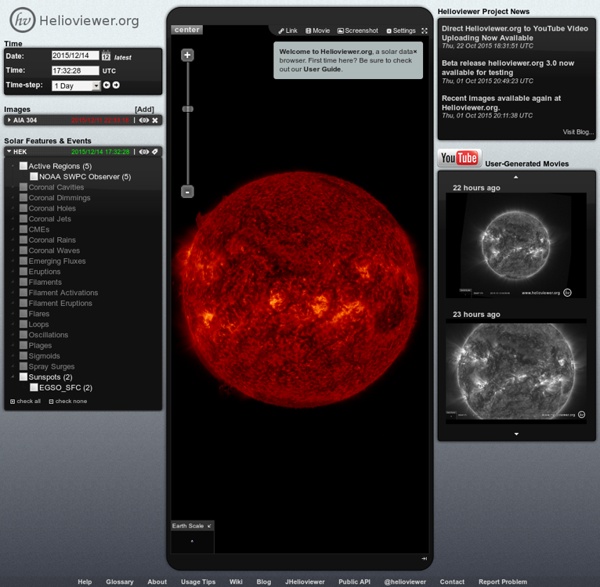



Schrödinger's Comet | Comet ISON Observing Campaign I'll just say this upfront right now: whatever you read in the following blog post, please feel free to assume it is completely incorrect and the truth is actually quite contrary to what I'm saying. It has been - and continues to be - one of those days. So this will be a relatively brief blog post because we're up to our necks in media inquiries and attempting to do real science to figure out the mystery that is comet ISON, and Matthew and I are basically the only ones that have abandoned our loved ones on this US national Holiday and continued to work. Here's what we know so far: After impressing us yesterday, comet ISON faded dramatically overnight, and left us with a comet with no apparent nucleus in the SOHO/LASCO C2 images. After perihelion, a very faint smudge of dust appeared in the the LASCO C2 images along ISON's orbit. Now, in the latest LASCO C3 images, we are seeing something beginning to gradually brighten up again. I think you get the picture, yes?
STEREO - Nightly In-situ and radio Space Weather Forecast Center | Scientific Frontline CometISONnews : Latest #dustcloud image from... SOLARHAM.com / Solar Cycle 24 / Spaceweather / Amateur Radio VHF Aurora Website - Nightly COR 1 Instrument A very large and bright prominence erupted off the surface of the Sun around 19:00 UT on August 31, 2012 and just kept going. This video from the STEREO Behind spacecraft shows the prominence and the coronal mass ejection (CME) in which its is embedded as it leaves the Sun (orange, EUVI) and travels through the fields of view of COR1 (green), COR2 (red), and HI1 (blue) telescopes before it finally disappears from HI1 around the end of September 2, still clearly visible more than two days after it erupted. While CMEs are routinely seen in the Heliographic Imager (HI) telescopes, it's very rare for prominences to stay visible for so long. Also visible in the movie is the planet Venus, which appears as a bright spot on the right side of the COR2 field. View
Comet ISON: The Zombie Comet who Refuses to Die Image Credit: NASA/SOHO It is now confirmed; the reports of ISON’s demise have been greatly exaggerated. It is still kicking, and it’s still very bright. We had a flurry of predictions yesterday regarding the fate of the famous comet. Initially, ISON disappeared completely from our field of view, leading many astronomers to speculate that the comet had completely disintegrated just before it’s rendezvous with the Sun. After further analysis, and the collection of more data, it looks like some part of ISON managed to survive. Elizabeth Howell with Universe Today, affectionately calls the comet “Zombie ISON,” a tradition I think we’ll continue. A NASA statement released earlier today stated, “late-night analysis from scientists with NASA’s Comet ISON Observing Campaign suggest that there is at least a small nucleus intact.” Joshua Filmer Joshua specializes in Mathematics and Physics at Portland State University.
SpaceWeather.com -- News and information about meteor showers, solar flares, auroras, and near-Earth asteroids - Nightly The S0s - Your Mind is Your Weapon